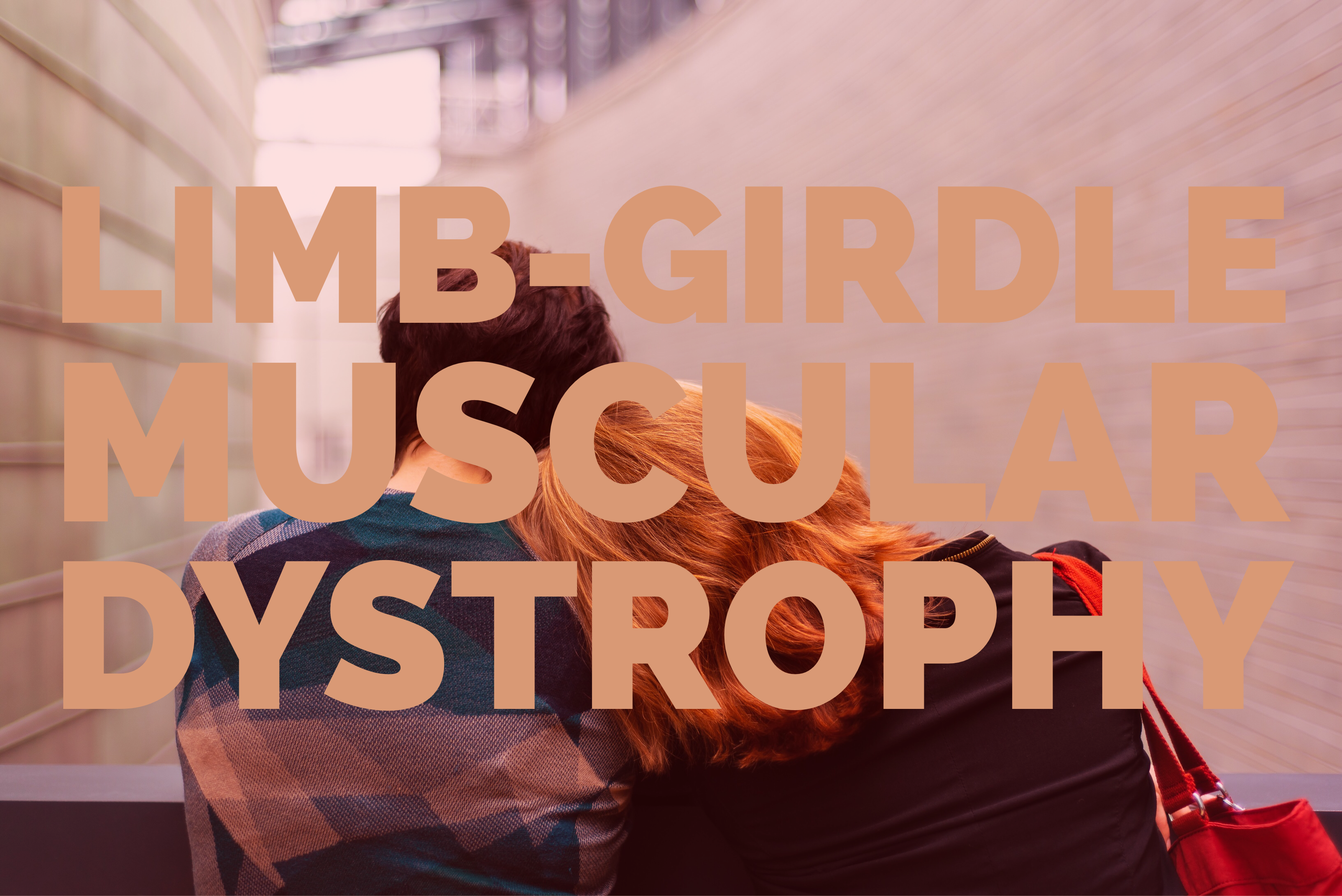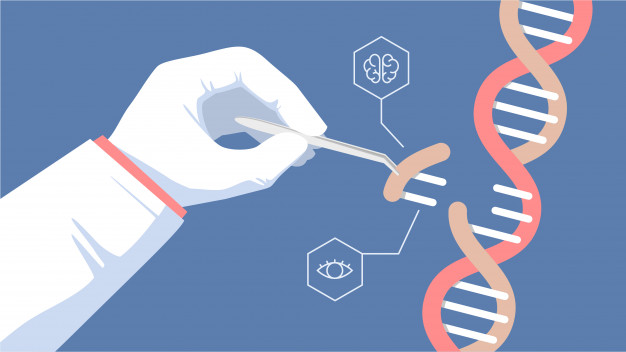
Limb-girdle muscular dystrophy (LGMD) are a subset of genetically inherited conditions and gene mutations that progressively weakens voluntary skeletal muscles, generally those most proximal to the hip and shoulder girdles. Collectively, the many different constituents of Limb-Girdle Muscular Dystrophy rank as the fourth most common cause of genetically caused muscular atrophy (degeneration).
What Causes Limb-Girdle Muscular Dystrophy
So what causes LGMD? The answer lies in your genes. Genes are the functional unit responsible for encoding the proteins that are the building blocks for all of life. This code however is far from perfect and are prone to mutations. When mistakes happen in the genes of an organism, this can lead to complications that may manifest themselves as disease.
This is the case in LGMD. When genes that are responsible for muscle function mutate, proteins vital to normal muscle function, regulation, and repair will not form. Without these proteins, the muscle will lose functionality.
The different types of Limb-Girdle Muscular Dystrophies are classified into two major groups based off their inheritance patterns. LGMD1 and LGMD2. LGMD1 types are inherited autosomal dominant and LGMD2 types are inherited autosomal recessive. In autosomal dominant inheritance, Only one copy of a gene is required to express a trait (in this case the trait is the disease) and in autosomal recessive, two copies of the gene is required for the trait to be expressive.
Unfortunately, there are dozens of different genes that can mutate and cause LGMD. And in some cases, LGMD is caused by a mutation in a gene that is not yet known. This emphasizes the need for continued research into understanding the human genome.
Diagnosis of LGMD
When individuals are suspected of having Limb-Girdle Muscular Dystrophy, genetic testing and muscle biopsies are important tools used to determine their status. Magnetic resonance imaging (MRI) can help determine what forms of LGMD an individual has if further testing is required.
The Progression of LGMD
Given the many different types of LGMD, predicting the progression of LGMD is a bit knavish at best. Progression can happen acutely or chronically depending on which subset is in question. Also, the severity in which the disease can affect a person swings just as widely. The effects can be minimal, and not cause much of a disability, or, they can be drastic causing severe disability.
Treatment
Various universities are currently undergoing research to understand the genes that contribute to LGMD. Also, with the rise of sophisticated technologies such as gene editing, a functional treatment becomes a feasible achievement. As of now however, there is no known treatment to LGMD. However medication can be taken to alleviate symptoms. Physical therapy can also be undergone to combat the atrophy of the muscles along with various other therapies to combat breathing issues, swallowing issues, and behavioral therapies to affect cognitive function.




More Stories
Using CRISPR Chinese Scientists Successfully Slow Down Aging in Mice